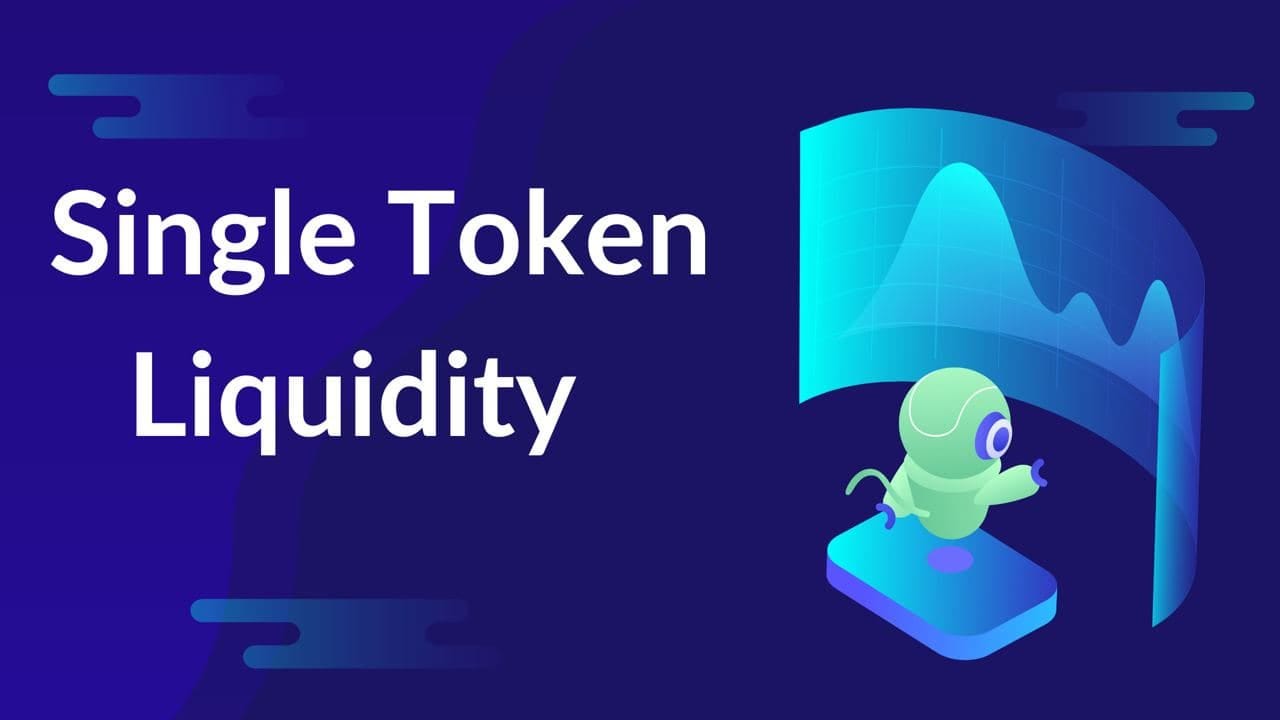Regardless of how much financial planning we do, emergency expenses may suddenly happen, usually when we least expect them. In such cases, we may need extra funding, and one way to do so is by taking out personal loans.
Personal loans come with a lot of perks. They can be used for virtually any financial purpose, have fast funding, and usually don’t require collateral. Above all, they can be available even for those with not-so-stellar credit histories and ratings.
If you’re one of those borrowers with bad or no credit, here’s how you can apply for a personal loan.
Check your Credit
Most financial companies have a minimum credit score requirement. If your score is lower than it, your loan application will likely be rejected. Typically, the fair or poor credit ranges are below 670 for the FICO score and below 661 for the VantageScore model.
Checking your credit doesn’t only make you aware of your credit score. It also helps you find errors in your report. They lower your credit score, so disputing them may boost your score. To fix any errors on your credit report, you must contact the credit bureau and the company that provided the information.
To request and review your credit report, visit annualcreditreport.com. You’re entitled to an annual free credit report from Experian, Equifax, and TransUnion, the three major credit reporting bureaus in the United States. For additional reports, you’ll be charged $14.50 for a credit report.
Compare Lenders
If the funds for the loans aren’t urgently needed, it’s better not to accept the first offer you get. Instead, spend time shopping around and comparing loan costs to get the best financing.
The finance industry has fierce competition. Different lenders offer minimal or no associated loan fees and affordable interest rates to attract and retain customers, including those with poor credit or no credit history. Not comparing lenders just keeps you away from the best deal.
When comparing loans, always look for these three factors: interest rates, annual percentage rates (APR), and closing costs. One thing to remember is that the best loans aren’t necessarily the low-interest ones.
Many lenders sneakily offer long-term loans with lower interest rates. They do so to make them seem cheaper, but they’re not. A longer repayment term translates to higher interest. Instead, opt for a short-term loan. It doesn’t only have shorter interest but also prevents you from getting upside-down.
Another pro tip is to use APR instead of merely interest rate. The APR gives a clearer picture of a loan’s actual cost since it doesn’t only include your entire year’s interest but also all costs associated with a loan. However, some lenders make the APR seem low by excluding the closing costs, so ensure to include the latter when calculating and comparing loan offers.
Pre-Qualify
One of the most frustrating things you might experience is applying for a loan only to find out you can’t afford it or are not approved. It’s a total waste of time and can be heartbreaking, especially if you badly need the financing.
That’s why prequalification matters. It enables lenders to preview your loan eligibility. On top of all, it lets you know what rate, loan amount, and repayment term you’ll qualify for beforehand without affecting your credit. It narrows down your options best for your situation early and prevents you from wasting time and effort.
Add to Your Application
Commonly, borrowers with poor credit ratings and no credit histories don’t easily qualify for loans. If they do, the loans are usually with high-interest rates. The good news is that you can improve your chance of getting a personal loan and lower interest even with bad credit by doing the following ways:
- Add a co-signer with good credit and income;
- Add a co-borrower with good credit and income (Note: They’re different from a co-signer because they can access your loan proceeds and information);
- Add collateral; and
- Add all sources of income (e.g., child support, alimony, retirement, or Social Security contributions).
Apply
Many borrowing options for borrowers with bad or no credit don’t require much and have a quick and easy loan process. They’re usually found online, such as the bad credit loans from CreditNinja.com.
Since they’re online, the loan application can be made anywhere, anytime. Apart from convenience, they also don’t require any credit check, so they don’t need your credit score. They might only need your personal and banking details and IDs.
For personal loans that require co-signers and co-borrowers, you might need to prepare the documents needed for the loan application alongside yours. Typically, lenders need them to have good to excellent credit (670 or above) and typical personal information.
For collateral and sources of income, prepare the documents that can back them up, such as titles and pay stubs. Other than these, you might need to prepare your social security number, financial statements, and W-2 (Wage and Tax Statement) in advance for a faster loan process.
Apart from borrower requirements or rates, lenders might have requirements. Hence, it’s important to ask them. Overall, they might need your personal, professional, and financial information to ensure you’re capable of paying off your debt and you’re not a fraud.
Final Thoughts
It’s in your best interest to ask for a loan you can afford, especially if you have bad or no credit. It pays to ask for what you only need and doesn’t overextend your finances. Otherwise, lenders will likely decline your loan application.







